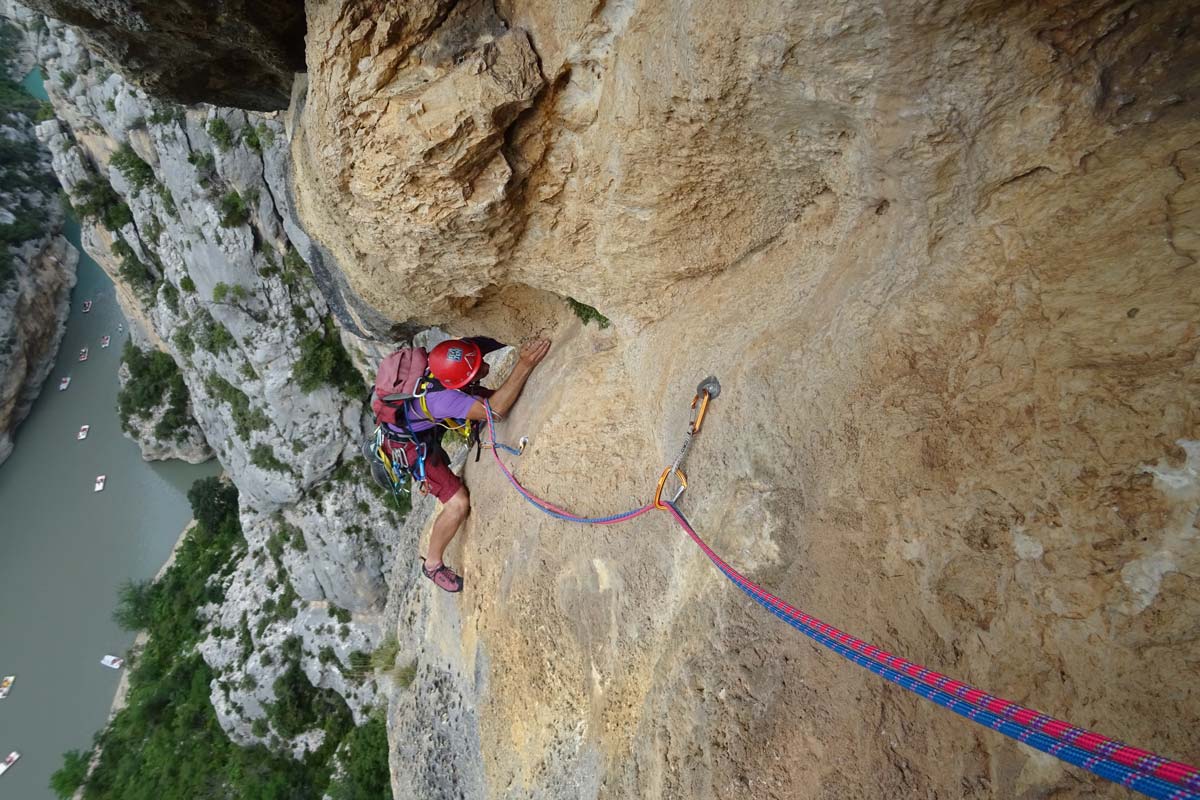In response to the UIAA’s signed commitment in early 2019 and participation under the United Nations Framework Convention on Climate Change (UNFCCC) Sports for Climate Action (S4CA) the UIAA has started monitoring and reporting on its carbon footprint. As a participant in the S4CA initiative, the UIAA is required and expected to adhere to five principles these being:
Principle 1: Undertake systematic efforts to promote greater environmental responsibility;
Principle 2: Reduce overall climate impact;
Principle 3: Educate for climate action;
Principle 4: Promote sustainable and responsible consumption; and
Principle 5: Advocate for climate action through communication
Under Principle 2: Reduce overall climate impact, the UIAA is expected to “measure and understand” its carbon footprint in order to set targets to reduce overall climate impact. Knowing how to define these targets requires first measuring and understanding how its travel and activities contribute to CO2 emissions, requiring a ‘baseline’ to compare progress over time. The initial task is to establish and report on an indicative baseline and continue to gather data to monitor how emissions trend over time. In parallel to this, the UIAA can also use this data to start seeing where and which activities create biggest impact and then suggest practical means to consider reducing this impact.
Executive Summary
As part of its commitment to tackling climate change and reducing its own CO2 emissions, the UIAA published its first annual Carbon Footprint Calculation (2018) in December 2019, highlighting the carbon footprint of the organisation for the 2018 calendar year. Its second Carbon Footprint Report (2019) is now available.
There are notable limitations to these calculations and reports.
- First of all, direct travel by plane was assumed for most delegates and staff, unless accurate information was available. No survey collecting clear and accurate information regarding attendance and travel to meetings was distributed and collected up until this point. Collecting this information from hundreds of delegates and volunteers from across the world is challenging and the UIAA is working on a more efficient and accurate way of capturing this data in the future.
- Secondly, no local travel via car and/or public transport was considered for the 2018 and 2019 calculations. The focus remained on travel by plane, as it is proven to spike CO2 emissions significantly more than any other transportation type. In essence, the UIAA carbon footprint report takes into consideration ‘the worst case scenario’.
- Lastly, the 2018 and 2019 carbon footprint calculations do not effectively display the many ways additional CO2 production was avoided, limited and already minimised by the UIAA, its delegates and staff up until this point. Nonetheless, these monitoring efforts will provide a base for comparing results in the future and allow a more accurate, complete and focused edition in the coming years.
Many travel policies to reduce CO2 impact promote the principle of “avoid, reduce, compensate” (in that order). The UIAA, through the support and participation of its Mountain Protection Commission and the Executive Board, will seek to draft such as policy as a next step in its fulfilment of the five principles set out by the UNFCCC.
Download:
2019 UIAA Carbon Footprint Report
Main picture: Owing to Covid-19, all UIAA activities since March 2020 have taken place online. This will have a significant impact on the UIAA’s Carbon Footprint calculation for 2020



